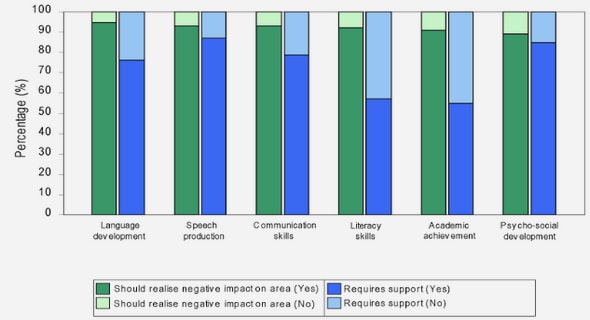(Downloads - 0)
For more info about our services contact : help@bestpfe.com
Table of contents
General introduction
Chapter 1: Literature overview
1. MICROBIAL PROCESSES INVOLVED IN THE NITROGEN CONVERSION AND N2O EMISSIONS
1.1 Nitrification pathways
1.2 Denitrification pathways
1.3 Anammox pathways
1.4 Contribution of abiotic N2O pathways
1.5 Isotopic fractionation technique for tracking N2O pathways
2. PNA CONTROL AND OPERATION
2.1 Global stoichiometry
2.2 Current operational and control strategies for PNA
2.3 Considering N2O emission in the PNA process control?
3. THESIS OBJECTIVES AND CHAPTER OVERVIEW
Chapter 2: Comparison of different two-pathway models for describing the combined effect of DO and nitrite on the nitrous oxide production by ammonia-oxidizing bacteria
1. INTRODUCTION
2. MATERIALS AND METHODS
2.1 Experimental Data
2.2 Mathematical Models
2.3 Model Calibration
3. RESULTS
Case 1: Combined DO and NO2
– effect on culture 1
Case 2: DO effect at low NO2
– level with culture 2
Case 3: Nitrite effect in culture 3
4. DISCUSSION
5. CONCLUSION
6. ACKNOWLEDGE
Chapter 3: One-stage partial nitritation anammox under oxygen limitation: performance, stoichiometry, N2O emission and microbial segregation
1. INTRODUCTION
2. MATERIALS AND METHODS
2.1 SBR operational mode
2.2 Aeration control and oxygen transfer rate
2.3 Chemical analysis
2.4 Particle size distribution (PSD), sieving and microbial analysis
2.5 Calculation and stoichiometry analysis
3. RESULTS
3.1 Process performances
3.2 Activity and biomass growth
3.3 Typical batch cycles
3.4 Granular sludge size distribution
3.5 Microbial community identification: 16 sRNA and FISH
4. DISCUSSION
4.1 PNA performances and stoichiometry under oxygen limitation
4.2 Biomass segregation: consequence on N2O emissions?
5. CONCLUSIONS
6. APPENDIX
6.1 Recovery period
6.2 Transfer coefficient measurements
Chapter 4: Long-term and short-term dynamics of N2O emission in PNA process under oxygen limitation
1. INTRODUCTION
2. MATERIALS AND METHODS
2.1 Reactor operation
2.2 Aeration control and oxygen transfer rate
2.3 Chemicals analysis and specific batch tests
2.4 Isotopes analysis
2.5 Calculations
3. RESULTS
3.1 Typical N2O patterns during batch cycles
3.2 Long term evolution of N2O emission during intensification period
3.3 Operational parameters influencing initial N2O peak: DO setpoint, aeration during feeding
3.4 Influence of air flow rate on N2O emission (short and long term)
3.5 Isotopes analysis
3.6 N2O emission rate during specific batch tests
4. DISCUSSION
4.1 Dynamic and range of N2O emission under O2 limitation
4.2 Dominance of ND pathway and nitrite stimulating effect
4.3 Long term vs short term effects of aeration
5. CONCLUSIONS
6. APPENDIX
Chapter 5: Modelling N2O emission from PNA process under oxygen limitation: Preliminary results and prospects
1. INTRODUCTION
2. MODEL DESCRIPTION
3. RESULTS AND DISCUSSION
3.1. Model calibration for PNA at extremely low DO
3.2 Effect of NOB repression on the N2O emission
3.3 Effect of air flow rate (KLa variation)
3.4. Pathways analysis
4. CONCLUSION
5. APPENDIX
5.1. Parameter, matrix and process description in the biofilm model
5.2 Effect of Temperature and pH dependency
5.3 The effect of DO on the ND pathway.
5.3 Gas transfer calculations
Chapter 6: Conclusions and perspectives
1. CONCLUSIONS
1.1 Properties of the one stage PNA process under OTR-controlled condition
1.2 Deeper insights into the N2O emission dynamics
1.3 Deeper insights into the N2O emission pathways
1.4 Combined effect of DO and nitrite on N2O emission: modelling progress
2. FUTURE PERSPECTIVES
2.1 N2O mitigation measures
2.2 Modelling aspects




